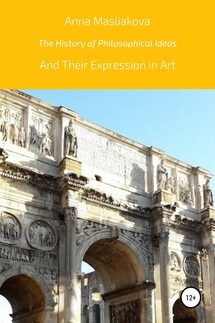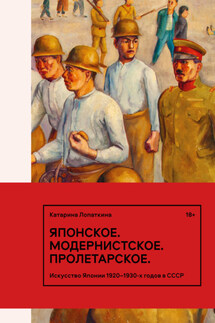The History of Philosophical Ideas and Their Expression in Art - страница 2
Alexander Scriabin was an extremely versatile person and his Literary and Philosophical works correspond to his Music. The Early period of his creativity (up to 1900) has very much in common with Romantic tradition and then (from 1900 till 1910) the Center of his Aesthetic interests starts shifting towards the Personality of the Artist who is able to Bring Beauty to the World. This “reorientation” triggered radical changes in his Musical Style, namely Functional Inversion, the Emancipation of the Dissonance and the Compression of the Form. During the Late period of his creativity (from 1910 till 1915) Scriabin was fully occupied with the Realization of his Project and most of his last works could be viewed as “splinters” of the Ideal Piece of Art – the “Mysterium”. “Prometheus: The Poem of Fire” is a fine example of the expression of the Idea of the Total Unity since here Music is complemented by the Color Organ Part (Luce) whereas Melody is derived from Harmony and vice versa (“Prometheus Chord”). Interestingly enough, during the last years of his life his Musical Language was changing towards Simplicity and it seems to me that the so-called “Style of Black Line on White Background” (Prelude op. 74 No. 2) fully expresses Scriabin’s Passion for Unity and Beauty.
In this Book the idea of which appeared when I was writing my previous monograph on the creativity of Alexander Scriabin I am going to scrutinize the way in which different Philosophical Ideas have been conveyed in Art. That is to say, we are going to Travel throughout the Whole History of Humanity and I hope that at the end of our Journey we will know more not only about Art, but also about ourselves.
Chapter I
There is No Place Like Rome
As a matter of fact, I have always wanted to travel around the world, explore cultural diversity. In particular, I have read a lot about Wonders of Italy; hence, it is no surprise that my first destination was Rome. Actually, it was my mother who forced me to go there, metaphorically speaking. So, there I was, flying to Italy on my own. The truth is that, being proud of myself, at the same time I was trembling and thinking – “Is it worth it?”
Little did I know what would come next.
Firstly and most importantly, you could talk endlessly about the charm of Rome as many prominent scientists and artists have done before. And yet, only when you arrive there will you realize what is this all about. On the one hand, Rome is without any doubt the Spiritual Center of the Christian World. It seems to me that even the sun shines more brightly there than anywhere else. On the other hand, Rome has some dark pages in its divine history. It is hard to believe, but before Constantine the Great made the Roman Empire Christian in 313 A.D. Christians were arrested and tortured at the Colosseum.
Secondly, it is extraordinary that, despite all the obstacles, they did manage to preserve the achievements of the past till the present day. Rome is like a multi-storey building and it has its foundation – Antiquity. What I am trying to say is that the Whole History of Art lies in front of you, right under your feet – literally speaking. All you need to do is walk along the curvy streets of the city and look around.








